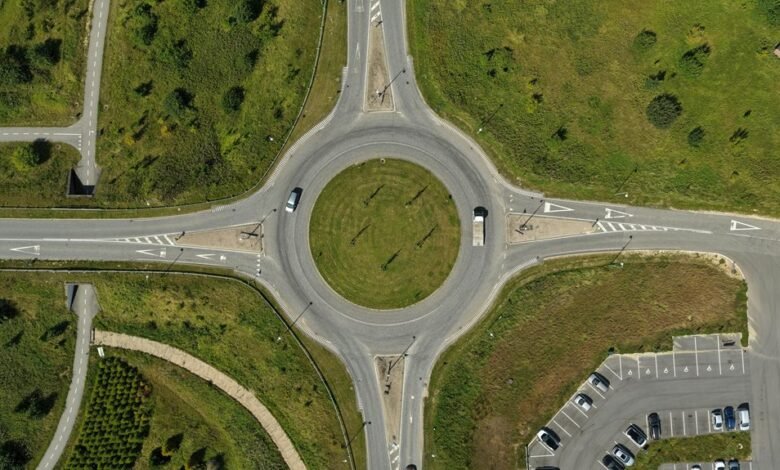7862 Low Traffic Call Pattern Detection

The 7862 Low Traffic Call Pattern Detection method represents a significant advancement in telecommunications analytics. It employs sophisticated algorithms to identify unusual call behaviors, which can signal potential fraud. By analyzing communication frequency, the method enhances security and optimizes resource allocation. However, the implications of these findings extend beyond mere detection. Understanding the broader applications and future trends in call pattern analysis reveals critical insights into the evolving landscape of telecommunications security.
Understanding Low Traffic Call Patterns
Although low traffic call patterns may seem inconsequential at first glance, they warrant careful examination due to their potential implications on network performance and resource allocation.
These call patterns, characterized by infrequent and sporadic communication, can lead to underutilization of resources. Understanding their behavior allows network administrators to optimize configurations, ensuring that even minimal traffic is managed efficiently, promoting overall system resilience and responsiveness.
The Importance of 7862 Detection Method
The 7862 detection method plays a crucial role in identifying low traffic call patterns, as it leverages advanced algorithms to discern subtle variations in communication frequency.
This precision enhances call security by pinpointing anomalies that may indicate fraudulent activity or system vulnerabilities.
Consequently, the 7862 detection method serves as a vital tool for maintaining the integrity of telecommunications networks and ensuring user confidence.
Applications in Telecommunications
While telecommunications networks continuously evolve, the application of low traffic call pattern detection remains essential for optimizing various operational aspects.
This technology facilitates efficient call routing by identifying and analyzing traffic trends, enabling service providers to enhance network optimization.
As a result, operators can allocate resources more effectively, thereby improving overall service quality and responsiveness while preserving user freedoms in communication.
Future Trends in Call Pattern Analysis
Advancements in technology and data analytics are poised to shape the future landscape of call pattern analysis significantly.
The integration of predictive analytics and machine learning algorithms will enable organizations to identify emerging trends and anomalies more effectively.
This evolution will enhance operational efficiency, optimize resource allocation, and empower stakeholders with actionable insights, promoting greater autonomy in decision-making processes within telecommunications and beyond.
Conclusion
In conclusion, the 7862 Low Traffic Call Pattern Detection method represents a monumental advancement in telecommunications security and efficiency. By adeptly identifying anomalous call behaviors, it not only prevents potential fraud but also optimizes resource management within networks. As the demand for reliable communication continues to skyrocket, the implications of this technology will undoubtedly reshape industry standards, ensuring enhanced user experiences and fortified system integrity. The future of call pattern analysis is poised to be nothing short of revolutionary.




